Year Published
2014
Abstract
In the wake of the housing crisis there is growing concern that increased mortgage foreclosures may lead to physical deterioration of buildings and increased vacancy rates in neighborhoods, undermining neighborhood social controls, and causing increases in local crime. While some recent research suggests that increased mortgage foreclosures in micro-neighborhoods cause modest increases in crime (Ellen, Lacoe, and Sharygin, 2013; Cui, 2010), this paper considers whether foreclosures lead to increased crime on a block, as well as the mechanisms through which foreclosures affect neighborhood crime. To shed light on mechanisms, we investigate whether and how foreclosures shift the location and type of criminal activity by changing the relative attractiveness to potential offenders of one location versus another. For instance, the presence of a vacant, foreclosed building may make it more likely that a drug dealer will sell drugs in a building rather than on the street. As a result, crime occurring inside residences (and in vacant buildings in particular) and on the street may increase by different magnitudes. In addition, we consider whether foreclosures affect resident reports of disorder. Using richly detailed foreclosure, 311, and crime data geo-coded to the blockface (a street segment in-between the two closest cross-streets), we estimate the impact of foreclosures on the location of crime within blockfaces.
This research focuses on Chicago, Illinois. Like many areas of the country, housing prices in Chicago reached a peak in 2006, and declined through 2011. In September 2011, 8.7 percent of the mortgages in the Chicago metropolitan area were in foreclosure, giving Chicago the 11th highest foreclosure rate among the 100 largest metropolitan areas in the country. Recent media reports claim that foreclosed and abandoned buildings in Chicago attract criminal activity including gang activity, drug use, and burglaries, in addition to graffiti, and theft of copper pipes and radiators (Knight and O’Shea, 2011). This study takes an empirical look at how foreclosures have changed patterns of crime in Chicago.
This research focuses on Chicago, Illinois. Like many areas of the country, housing prices in Chicago reached a peak in 2006, and declined through 2011. In September 2011, 8.7 percent of the mortgages in the Chicago metropolitan area were in foreclosure, giving Chicago the 11th highest foreclosure rate among the 100 largest metropolitan areas in the country. Recent media reports claim that foreclosed and abandoned buildings in Chicago attract criminal activity including gang activity, drug use, and burglaries, in addition to graffiti, and theft of copper pipes and radiators (Knight and O’Shea, 2011). This study takes an empirical look at how foreclosures have changed patterns of crime in Chicago.
Research Category
Topics


